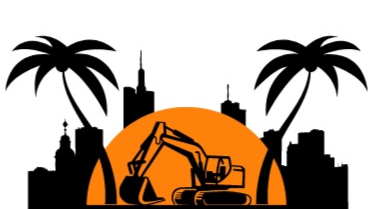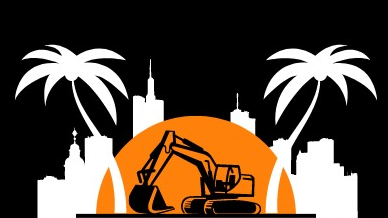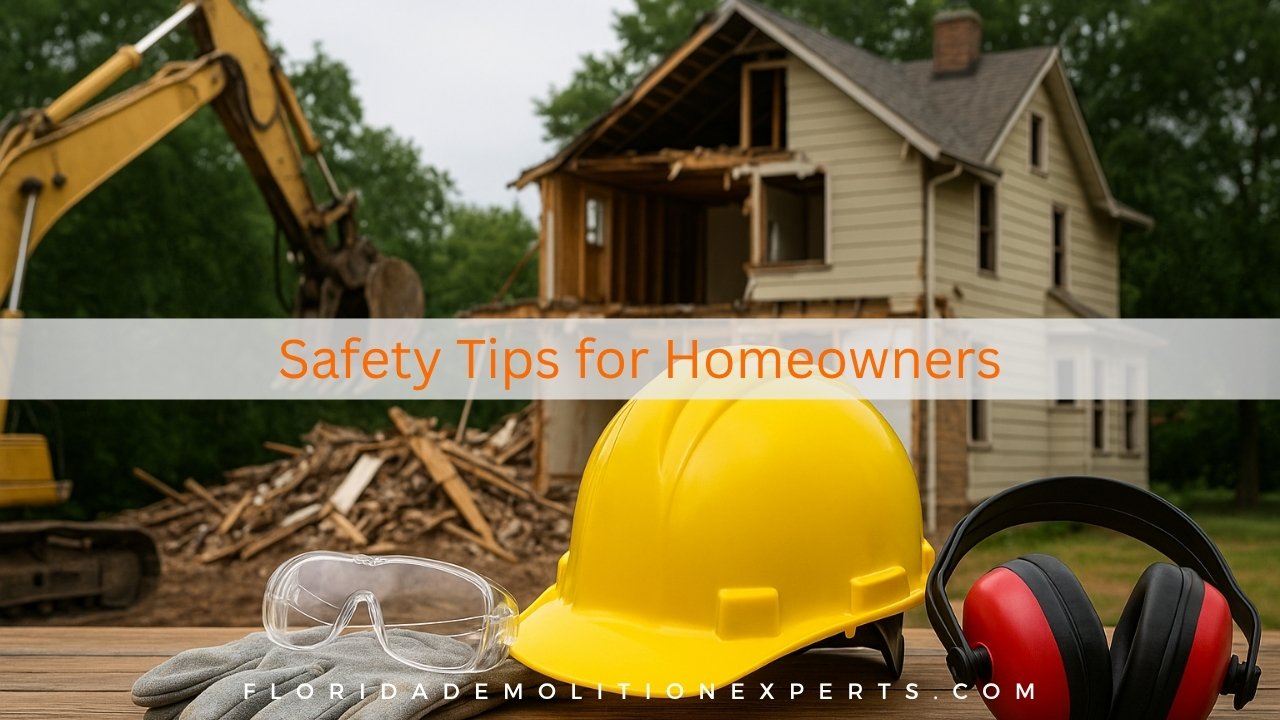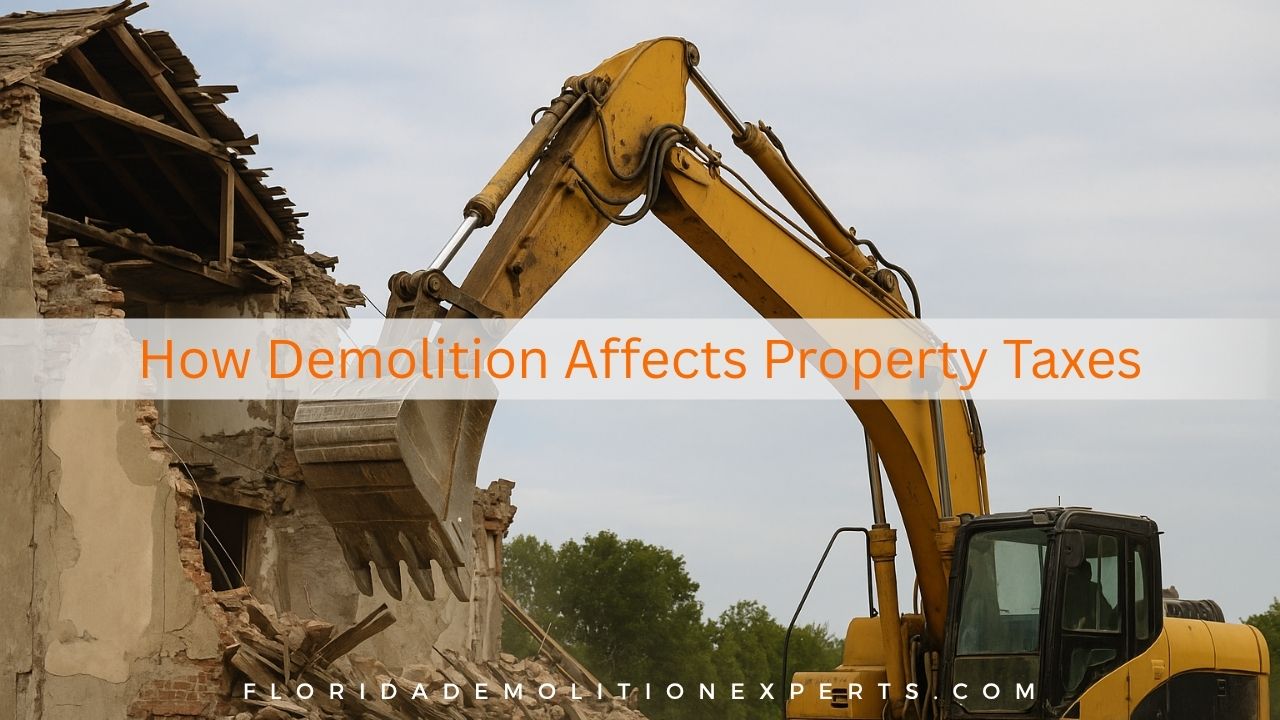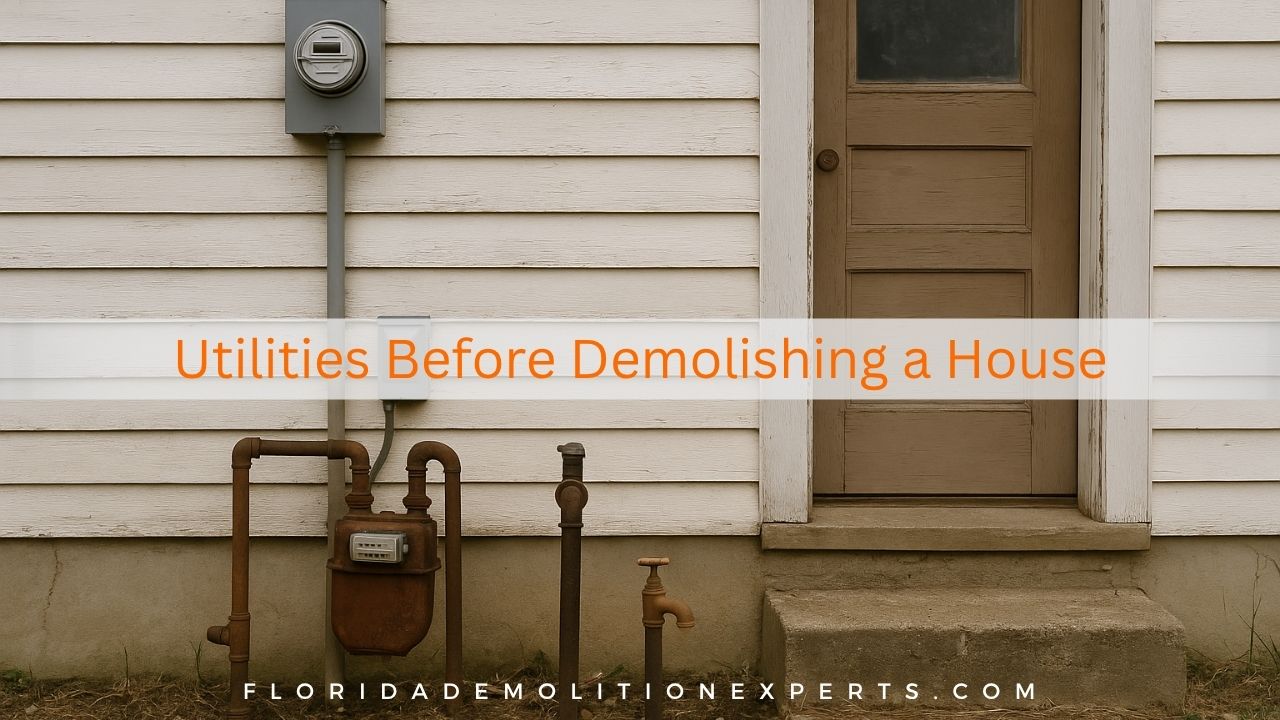Have you ever wondered what could happen if you start tearing down your house without proper planning or precautions?
Demolition might look simple: a few swings of a sledgehammer and a big machine doing the heavy lifting. Still, it’s one of the most dangerous phases of any construction or renovation project.
Before you even think about knocking down a single wall, there are essential safety measures every homeowner must know to protect themselves, their property, and everyone involved.
Here’s your expert guide on Safety Tips Every Homeowner Should Know Before Demolition Begins.
Why Safety Matters Before Demolition
Demolition is far more than controlled destruction. It’s a careful balance of planning, timing, and safety awareness. Hidden gas lines, live electrical wires, weak structures, or old asbestos insulation can all turn a simple home teardown into a significant hazard.
Accidents, injuries, and even legal troubles can follow when safety is overlooked. But when safety is prioritized from day one, the process becomes faster, cleaner, and more efficient.
Step 1: Get a Professional Structural Survey
Before the first hammer hits, hire a structural engineer or a qualified contractor to inspect your home.
They’ll determine which parts of the structure are load-bearing, whether there are any weaknesses in the foundation or walls, and the safest order to dismantle everything. This survey prevents accidents and helps you save money by avoiding unnecessary damage.
Step 2: Disconnect All Utilities
This step might sound obvious, but it’s often the most overlooked. Before Demolition begins, ensure that electricity, water, gas, and sewage lines are shut off and properly capped.
A single live wire or gas leak can turn a demolition site into a disaster zone. Contact utility companies ahead of time to confirm everything is safely disconnected.
Step 3: Identify Hazardous Materials
If your home was built decades ago, it’s likely to contain materials that are now considered unsafe, such as asbestos in insulation, lead-based paint, or mold.
Have a professional environmental inspection done, and if any of these hazards are found, hire certified specialists to remove them before Demolition starts. Handling these materials without the proper equipment or training can seriously harm your health and delay your project.
Step 4: Secure All Necessary Permits and Insurance
Never start Demolition without the proper paperwork. Apply for your local demolition permit, ensure your contractor has valid liability and workers’ compensation insurance, and notify your neighbors in advance. This will keep you compliant with local laws and prevent disputes and potential fines.
Step 5: Clear and Protect What Matters
Before machinery moves in, walk through your home and remove all personal belongings, furniture, appliances, valuables, and anything you wish to salvage.
Remove any doors, windows, flooring, or cabinets you plan to reuse or donate safely. Also, remember your outdoor space: protect the trees, gardens, and fences you intend to keep.
Step 6: Set Up Safe Zones and Barriers
Demolition sites are no place for curiosity. Keep your property and neighbors safe by setting up sturdy fencing, caution tape, and “No Entry” signs around the demolition zone. If you live in a populated area, consider covered walkways or protective barriers to prevent debris from falling outside the site.
Step 7: Manage Dust, Debris & Waste
Demolition produces a lot of dust and debris, so controlling it is key. Spray water over active areas to minimize dust, and use debris chutes or tarps to contain falling materials.
Separate recyclables like metal, wood, and concrete from hazardous waste, and hire a licensed disposal company to handle the cleanup responsibly.
Step 8: Plan for Emergencies
Even with the best planning, things can go wrong. Have a clear emergency plan: fire extinguishers on-site, first-aid kits easily accessible, and a communication system ready if injuries or unexpected issues occur. Every worker or person on-site should know what to do and who to call if something happens.
During Demolition: Stay Alert, Stay Safe
Once Demolition starts, constant attention is key. Ensure everyone on-site wears personal protective equipment (PPE), such as helmets, gloves, steel-toe boots, safety glasses, and masks when needed.
Work from the top down, never the other way around, and never remove supporting walls until the upper floors are cleared. Keep children, pets, and onlookers always far from the area.
After the Demolition: Cleanup and Inspection
All debris should be removed safely, and the ground should be leveled for your next construction phase. A final inspection ensures all utilities are properly sealed and the site is safe for rebuilding. Keep all reports, receipts, and permits on file; they’ll be helpful for insurance or future renovations.
Final Thoughts
Demolition can feel intimidating, but when handled correctly, it’s a necessary and even exciting step toward your dream project. The key is preparation, safety, and choosing professionals who know the process inside and out.
Ready to start your demolition project the safe way?
Let Florida Demolition Experts take care of it for you. From permits and planning to safe teardown and site cleanup, our licensed team ensures every step is done safely, efficiently, and responsibly.
👉 Contact us today for a free on-site consultation. Safety always comes first when it comes to your home.

